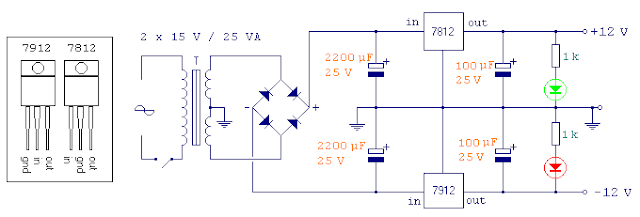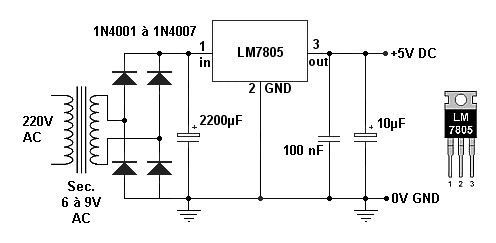We can use “Color coding” in to identify between many different electronic components. usually for resistors, but also for capacitors, and others.
3- How to Identify Resistor Color Code ??
The figure below shows the layout of the bands, the multiplier and the tolerance value of a 4.7K resistor. For a 4 band resistor, an additional temperature coefficient band is provided.
The gap between the multiplier and the tolerance specifies the left and right side of the resistor. So here are the key points:
4 band resistor – has 3 color bands on left side and one color band on right side. First two bands represent significant digits, the 3rd band represents multiplier and the fourth band on right side represents tolerance.
5 band resistor – has 4 color bands on left side and one color band on right side. Here the first 3 color bands represent significant digits, fourth one represent multiplier and the 5th one on right side represents tolerance.
6 band resistor – has 4 color bands on left side and 2 color bands on right side. Here the first 3 color bands represents significant digits, fourth one represents multiplier, 5th one represents tolerance and the 6th one represents temperature coefficient of the resistor.
4- Resistor Color Code Chart:
I have presented 3 charts below ; which are exactly resistor color code charts for 4 band, 5 band and 6 band resistors respectively.
Band 1 – First digit value of resistor
Band 2 – Second digit value of resistor
Band 3 – Third digit value of resistor
Band 4 – Decimal Multiplier
Band 5 – Tolerance Value
Band 6 – Temperature Coefficient
I hope that everything is clair !!





























